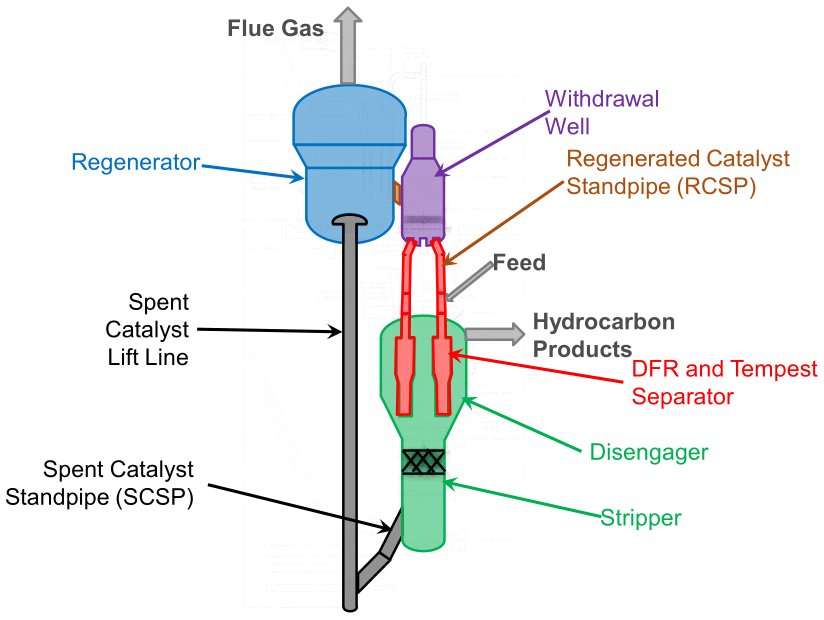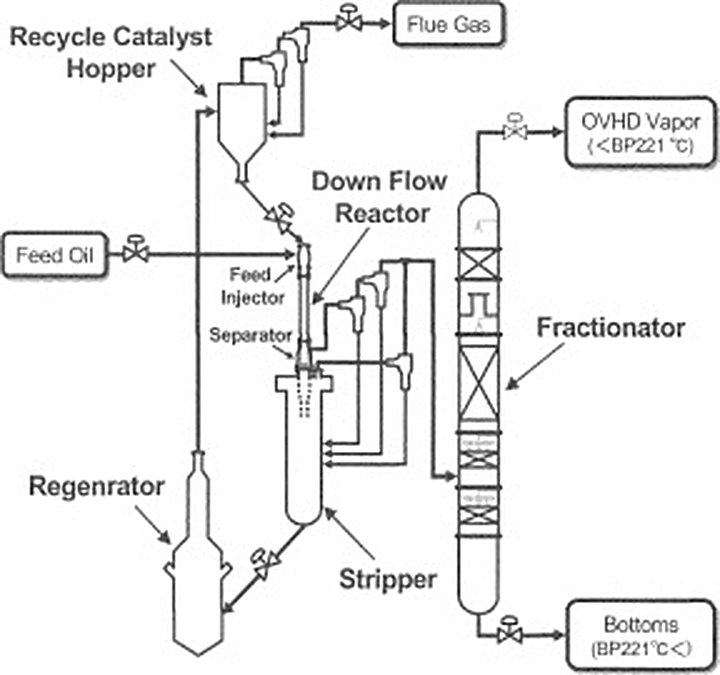Technology

- Name
- Aramco HS-FCC
- Owner
-
/ Saudi Aramco Technologies Company - Brand
- HS-FCC™
- Process
- Cracking
- Type
- Fluid Catalytic Cracking
- Available
-

- #TE38
Description
Your insights will be shown here
| Technology Unit |
|---|
Content provided by
| Transaction | Name | Date |
|---|---|---|
| Modified by |
|
8/3/2025 8:19 PM |
| Added by |
|
7/9/2021 12:05 PM |












